2025.10.10
Read this morning:
The Society of Independent Artists was founded in New York at the end of 1916 by a group of artists who had belonged to or were closely associated with the only avant-garde movement in America at the time, the Ash Can School. As we remember, Marcel Duchamp, whose reputation as a provocative cubist painter had been established in New York by the presence of his Nude Descending a Staircase No 2 at the Armory Show in 1913, was a founding member. It is he who suggested that the Society be modeled after the Parisian Société des Artistes Indépendants and that it adopt the same motto for its exhibitions: "No jury, no prizes." He had already been nominated chairman of the hanging committee when, under the pseudonym of R. Mutt, he submitted a readymade urinal rebaptized Fountain. It was a shrewd strategic move that put the members of the hanging committee in a nice quandary. If they abided by their democratic principles, they would make fools of themselves in the eyes of the crowd (and the press), and if they censored Mr. Mutt's entry, they would become a jury again, in the traditional sense, making Mr. Mutt the victim of a new Salon des Refusés. As we know, the urinal was not shown at the Independents and Duchamp, who had made a point of concealing Mr. Mutt's true identity, resigned from the hanging committee. He also made sure that the Richard Mutt case would be put on the record for posterity. What interests me here is that the outcome of his strategic move is that, whether they wanted it or not, the members of the hanging committee were turned into a jury again, but a jury in Mallarme's sense: they were forced to say "this is art," or "that is not art." Whatever the true story of the urinal's disappearance may be, all versions show what their predicament was: they could not decide. It seems that history has decided instead. Unless one is ready to erase from art history the innumerable works that have been authorized by Duchamp's readymades, it is impossible to deny that, whether good or bad, these are art.
Thierry de Duve, Kant after Duchamp (1996), pp. 268-9.
--
I have shown--though not proven—that the Richard Mutt case belongs in such "a context of expectations based on experience of previously surprised expectations." For a number of reasons I would hesitate to call it taste, though, but I definitely call it aesthetic, in due faithfulness to formalism: it is a context made solely of aesthetic judgments (and when not, it is irrelevant). All appearances work against Duchamp, for it is true that the urinal was a strategic coup with regard to the institutional context, and that the institutional context doesn't seem aesthetic at all. But appearances are misleading, unless they lead us to their apparitions: the coup involving the urinal is not "political," it is aesthetic. Duchamp had gained his institutional position as chairman of the hanging committee thanks to his reputation as a painter, and he had gained the latter (so far as New York is concerned) in the context of the Armory Show where, to say the least, the Nude Descending a Staircase was striking in its newness, but a newness "connected closely with immediately previous ways" of generating aesthetic surprise, cubism. There is no doubt that the other founding members of the Society had expectations vis-à-vis Duchamp: they wanted him to honor them with his presence in the show and what they expected from him was a painting, maybe a painting as surprising and scandalous as the Nude had been four years before, but a painting nonetheless, something they could call un tableau in the same liminal and nominal way that Mallarme requested of the 1874 jury with regard to Manet's Masquerade at the Opera. Instead they got a urinal, which a perfect unknown by the name of Richard Mutt requested them to call a work of art.
Thierry de Duve, Kant after Duchamp (1996), pp. 271-2.
2025.10.10
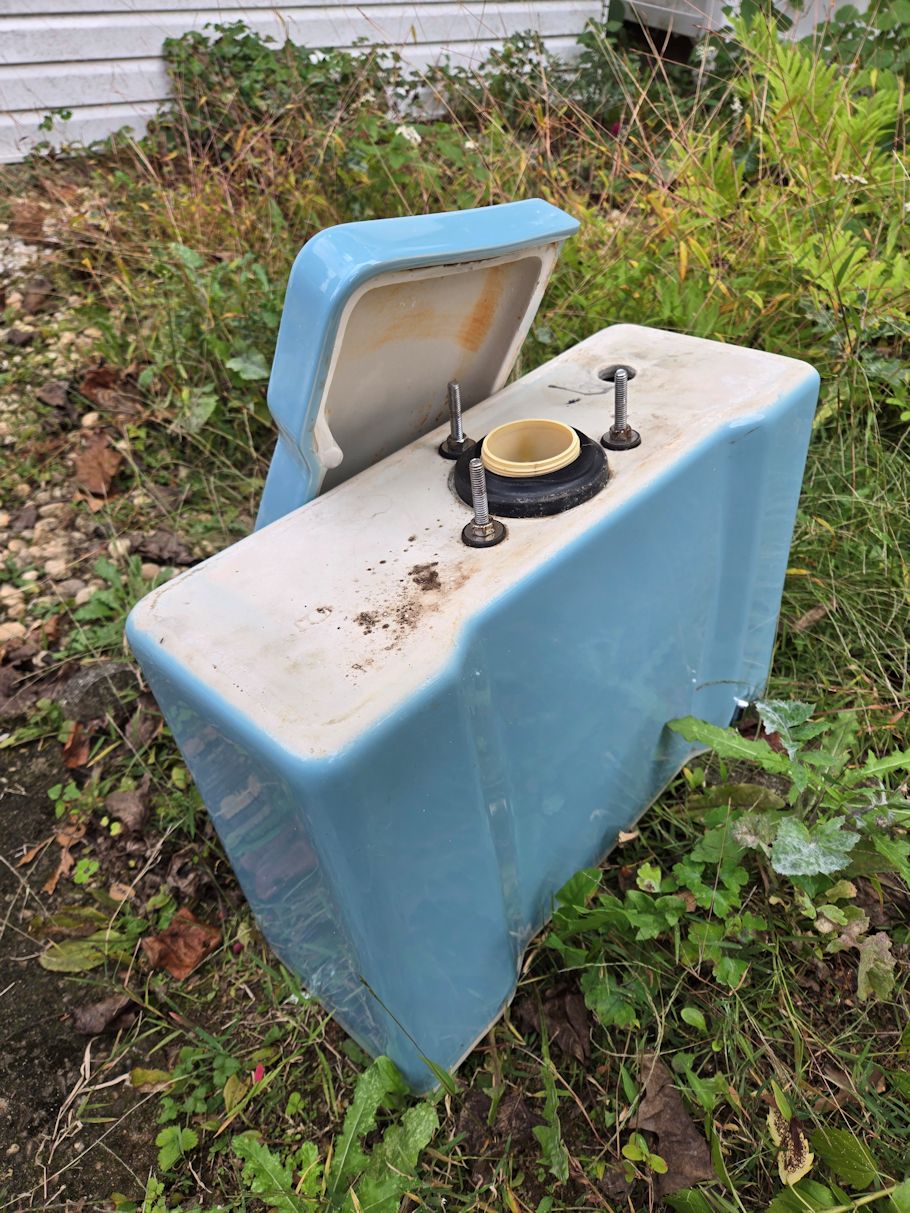
Stephen Lauf (in the Sculpture Garden, with) THE PERFECT UNKNOWN.
2024.10.10
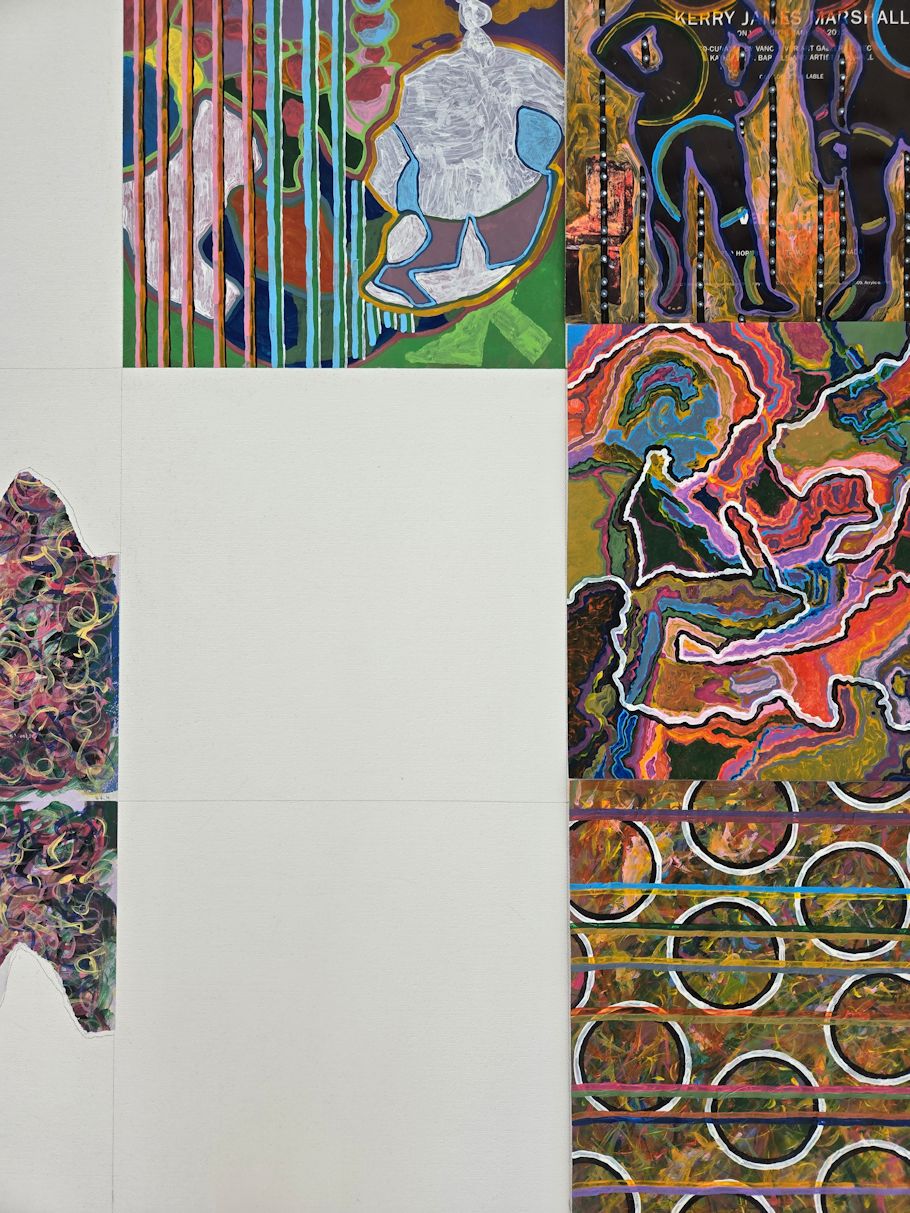 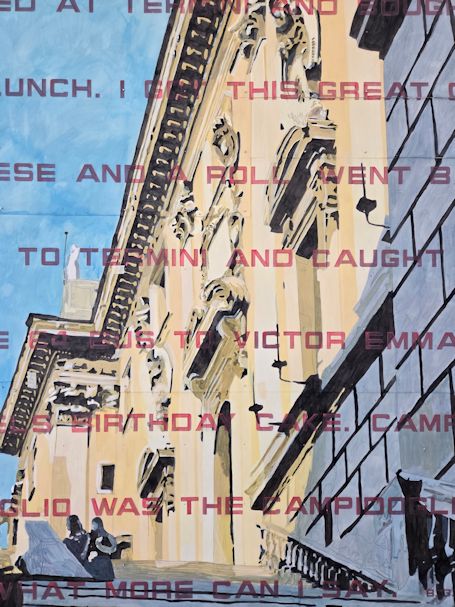 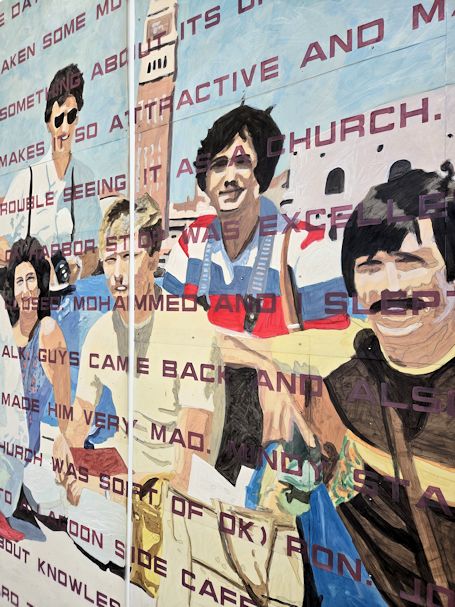 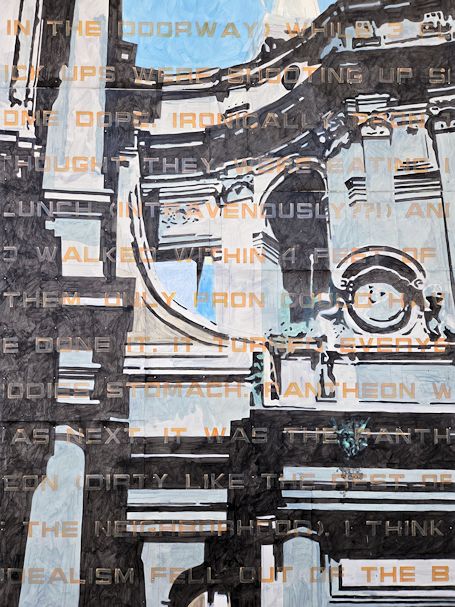 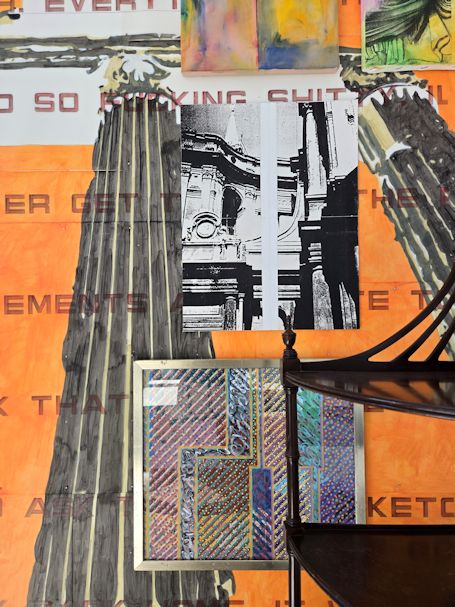 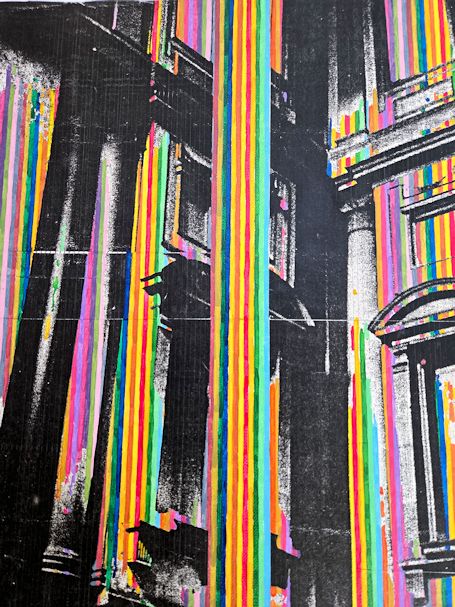 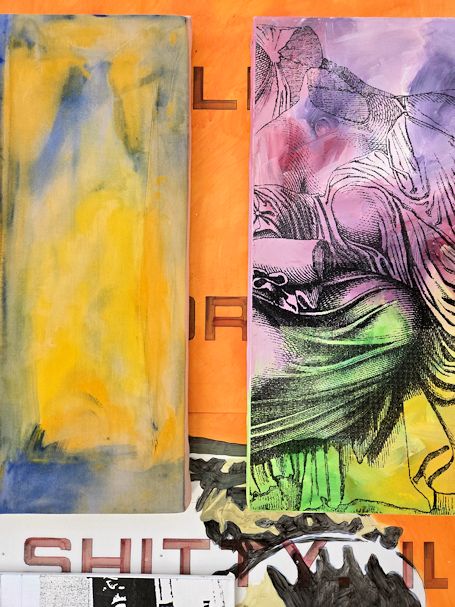
I, Stephen Lauf, am treating 451 Rhawn Gallery's first exhibition as an art project in and of itself. Entitled OGL CRYPTO (CURRENCY) and NOTES of THE DISCOVERY OF PIRANESI'S FINAL PROJECT, the exhibit will feature the writings of Otto George Lauf and Stephen Lauf amidst a plethora of old and new art works from the house they both lived in. The setup of the exhibit will probably take at least four more weeks.
2024.10.10
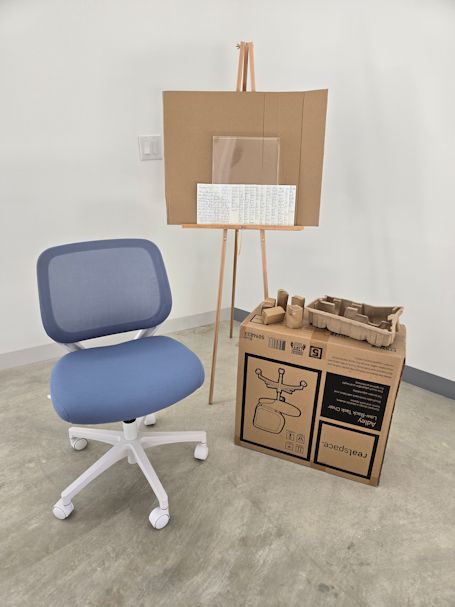 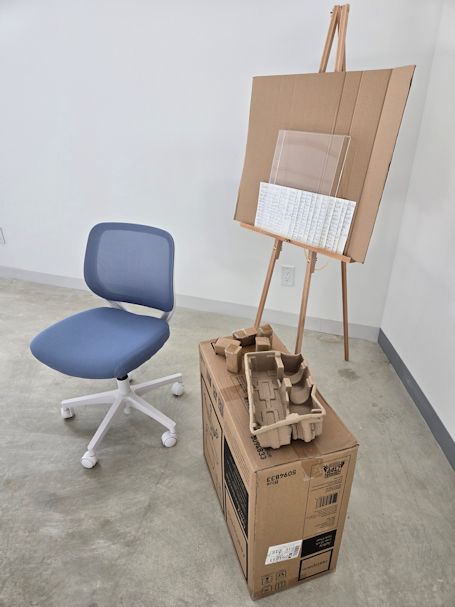 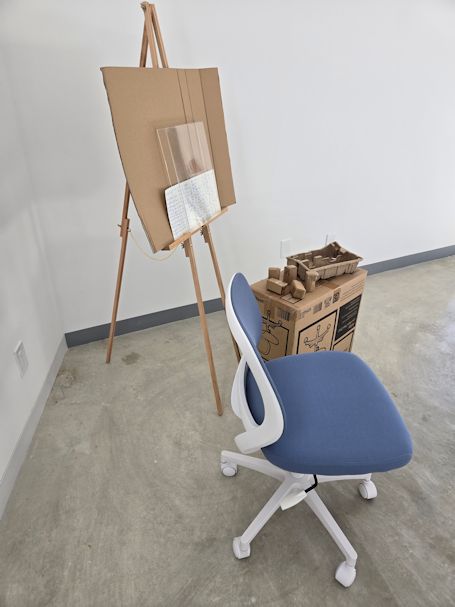 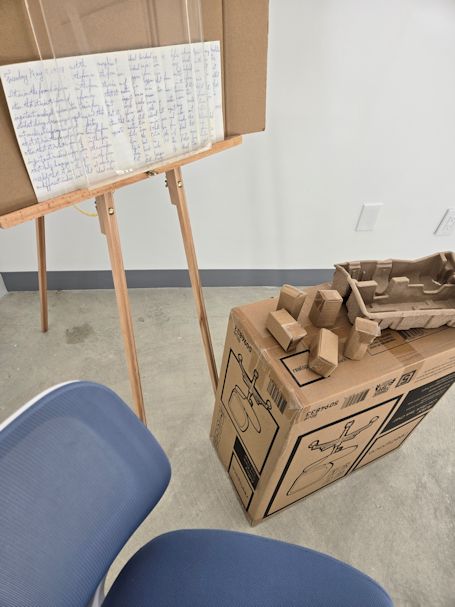 I've never sculpted before, yet now seems the perfect time to start dabbling.
I've never sculpted before, yet now seems the perfect time to start dabbling.
WASTE NOT WANT NOT, nfs, at least not yet
2012.10.10
Rothko painting potentially Yellowed
Museumpeace[ism?], the chair, doesn't really exist anymore. After years of just 'sitting' there, the glue dried out and the pieces started falling apart. There was a vague notion that I might use the disparate pieces for some future scuptural work, but I got tired of seeing the pieces taking up space in the garden shed, so one day [over two years ago] I packed the pieces into a black plastic trash bag and put the bag out on the curb with the rest of the week's trash.
The fate of Museumpeace was to never be a museum piece.
"Go in Museumpeace. And may Museumpeace be with you."
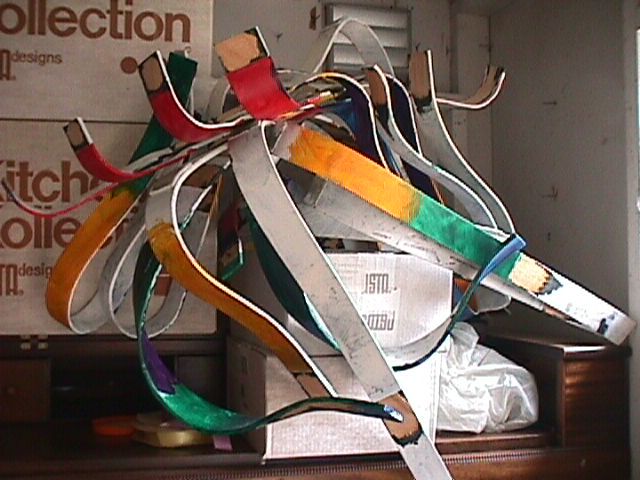
The last image of Museumpeace, taken 2010.07.28 11:35, and only coincidentally on the 123rd anniversary of Marcel Duchamp's birth.
|